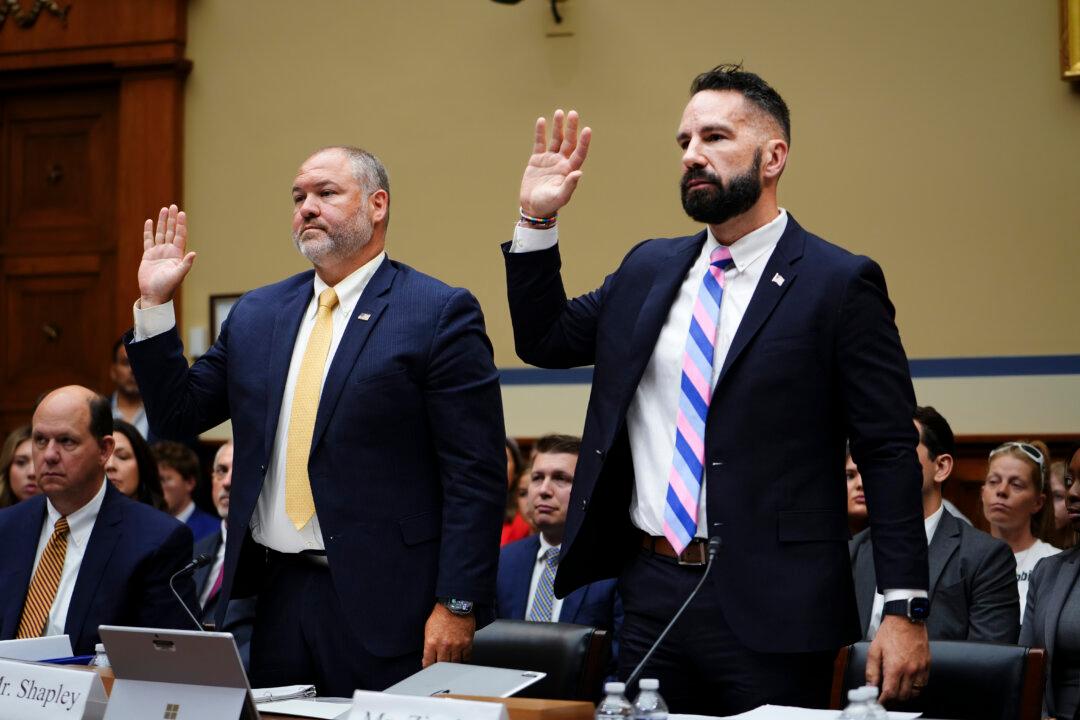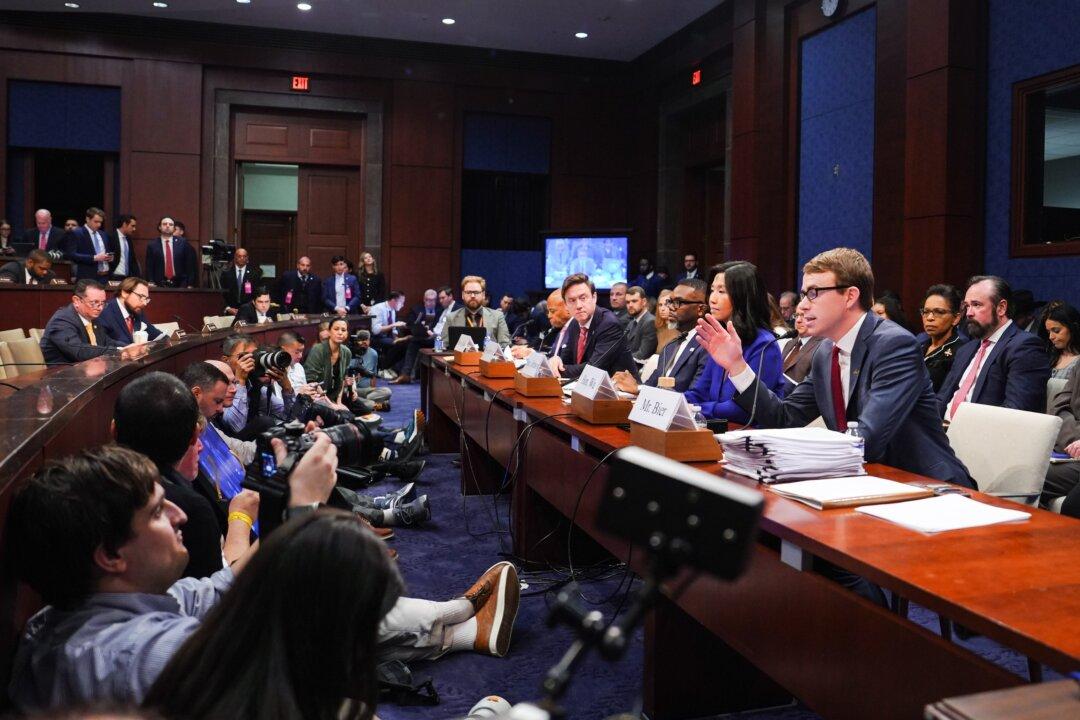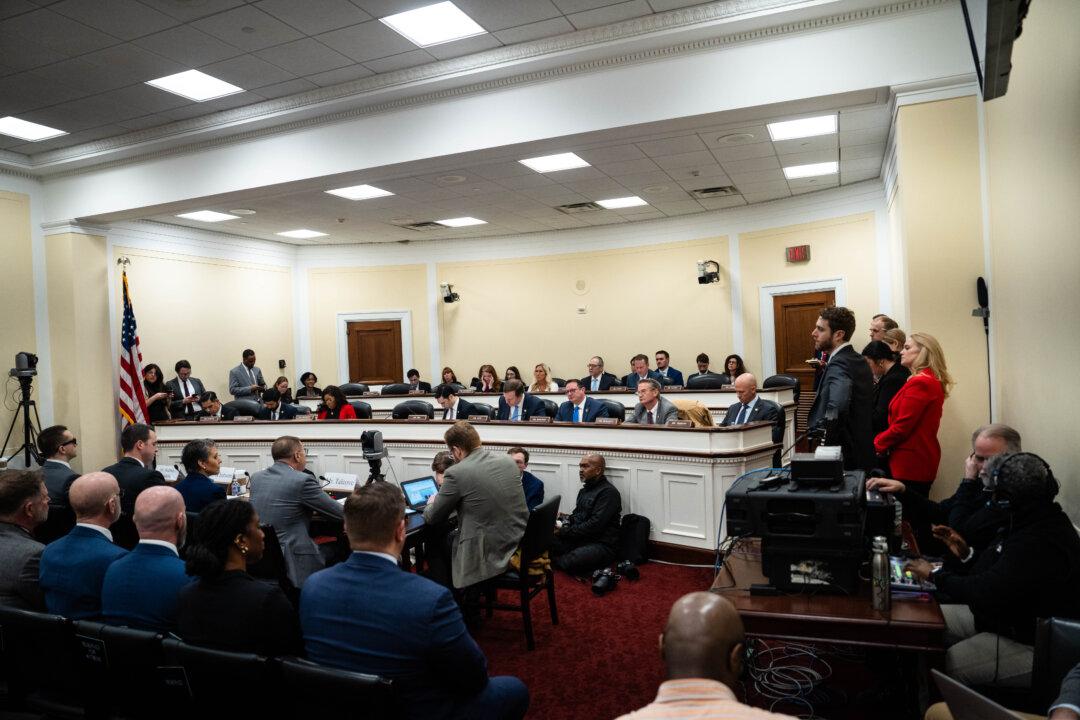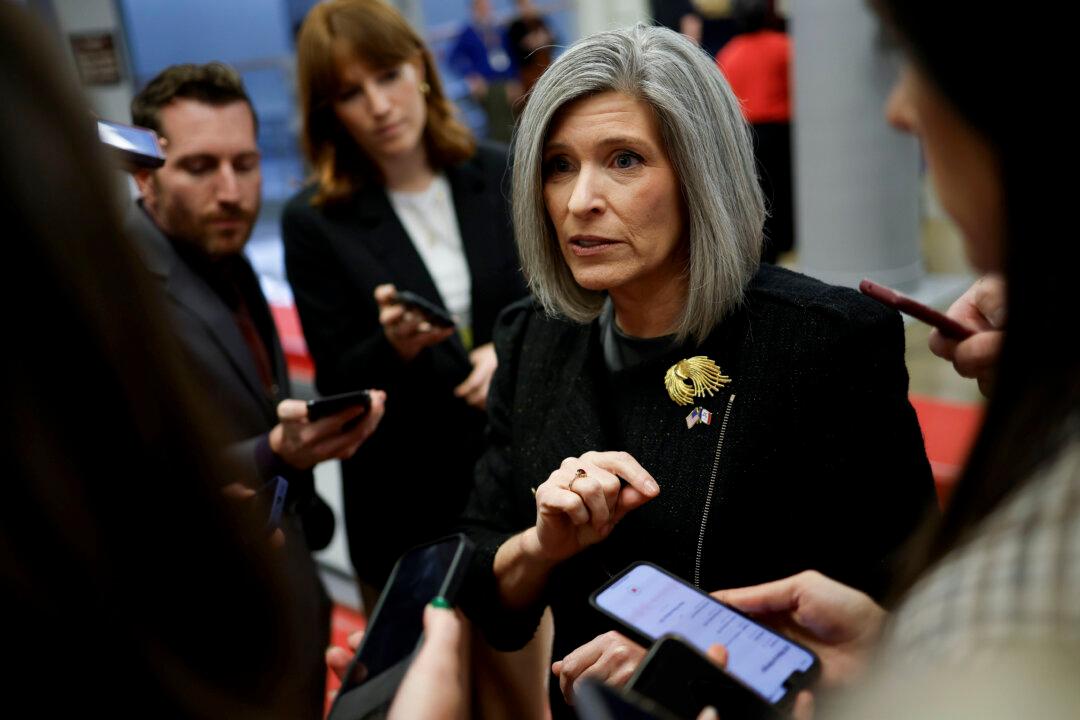WASHINGTON—A bipartisan group of seven senators and four members of the House of Representatives introduced legislation on June 28 directing the Department of Homeland Security (DHS) to do an annual study of so-called deepfake video, and recommend statutory and regulatory reforms needed to deal with it.
“Deepfakes” are videos of actual events that are altered using Artificial Intelligence (AI) tools to make them appear to communicate or depict something other than the original.





